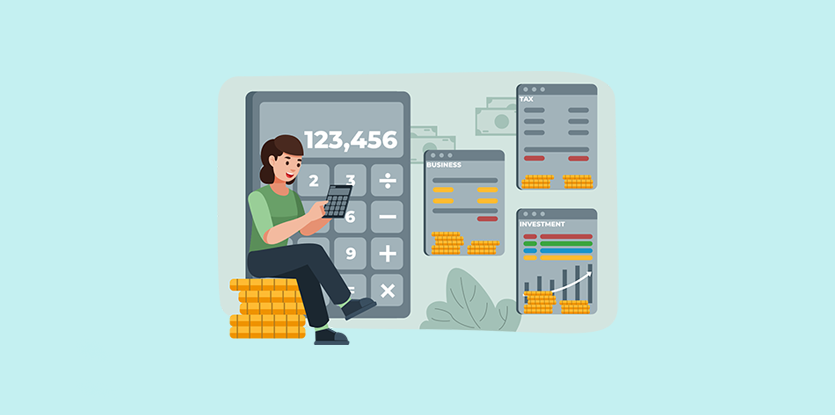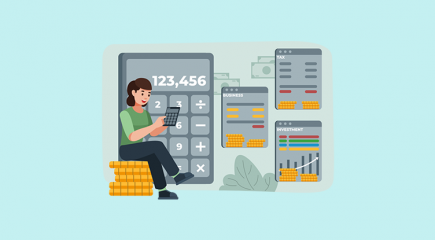The cash ratio represents the measure of a company’s liquidity, particularly when it comes to the cash equivalents and the current liabilities. The cash ratio can compute the business’s ability to pay short term debt with cash on hand or readily marketable securities. The cash ratio is more conservative versus other liquidity ratios, such as the current ratio or the quick ratio, because it only reflects a firm’s most liquid resources.
The cash ratio will indicate the firm’s value within the worst-case scenarios, like when the organization is close to going out of business. It informs the creditors on the value of the assets which may be liquidated and the percentage of the total current liabilities that the cash assets cover.
Lower values show issues concerning a company’s current liabilities since the firm does not possess adequate cash and equivalents. Typically, the cash and equivalents are the last instructive assets of the business, and their availability on the firm’s account would not result in profit. Even their conversion into short-term investments may lead to some minor income. That is why a high value of the cash ratio would indicate that a large part of the assets are not productive.
Formula
The formula when it comes to computing the cash ratio is
Cash Ratio = Cash and Cash Equivalents / Current Liabilities
Where
- Cash: that is the legal tender and deposits such as the checking account.
- Cash equivalents: these are short-term assets that can be liquidated efficiently. They are easily convertible into cash and do not have significant associated risks. They include savings accounts and money market accounts.
- Current liabilities: these are the obligations that are due in a year. Some of the examples of these would be accounts payable, short-term debt, and accrued liabilities.
Interpretations of the Cash Ratio
Compared to the other financial ratios in the liquidity field, the cash ratio has proven to be more conservative when it comes to covering the firm’s debts and obligations. It may be because it restricts itself to the cash and equivalents, so it does not consider the other assets like accounts receivable.
As with the other liquidity measurements, the cash ratio has the current liability as the common denominator. The current or short term debts in a company mean the payables which are due in a year or even less. The cash ratio shows the investors the percentage of the total current liabilities of a company the cash and equivalents will cover. Creditors would want a high cash ratio as it shows that the organization can easily pay off the debt. Even though there may not be an ideal figure, a range between 0.5 and 1.0 is optimal.
It is also crucial to understand the ratio may not provide the best analysis of the business since organizations typically do not keep revenue in the same amount as the current liabilities. They usually make poor use of the assets if large amounts of money are on the financial statements. If there is a large amount of cash on the balance sheet that means it is not being used to make a return. Excess revenue would be reinvested for the shareholders to get a higher profit.
What the Cash Ratio Shows
It is one of the standard measures of liquidity for businesses. Should the company have ability to pay all of the current liabilities on the spot, the ratio would illustrate the ability to do so without selling or liquidating the other short-term assets. If the figure is 1.0, it means the business has the same current liabilities as cash to pay the debts. Should it be less, then the same enterprise has more short term liabilities as compared to cash. It also means there is not enough revenue to pay the debt. That may not be bad should the firm have conditions which alter the balance sheets. For one, it may have long credit terms. High cash ratios can show that the firm is not efficient in cash utilization, or it may not be utilizing the potential advantages of low-cost loans.
Disadvantages of the Cash Ratio
It is not used often by analysts in financial reporting because it is impractical for a company to have large sums of cash assets that cover the current liabilities. For an organization to hoard a large amount of cash is perceived as poor utilization of the available resources especially if they are recorded on the balance sheet. it would be better to reinvest the revenue to prop up projects which would yield returns to the shareholders. After all, maximum profitability should be one of the main tenets of asset use.


